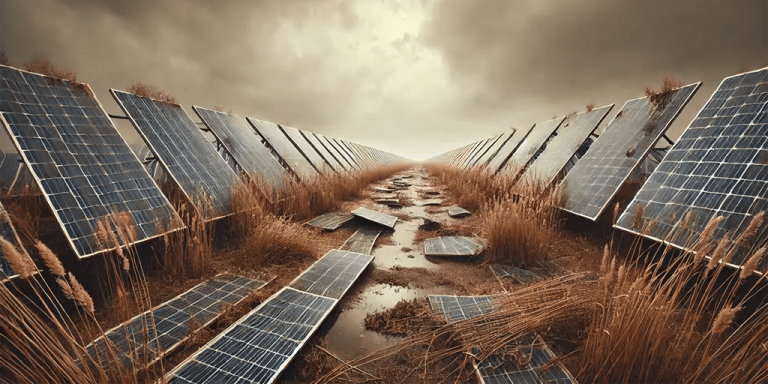from masterresource
Author: Robert Bradley Jr.
Dr. Faig S Askerov (self-proclaimed former Regulatory Compliance and Environmental Director of BP Azerbaijan, Georgia and Turkey, PhD scientist and lecturer in petrochemistry) proposed a diagram that could be used as “Appendix A” and a definition of anti-climate slavery. road. in times of political change be opposed to Climate alarmism/forced energy transition, even deep ecologists should question whether CO2 greening is better than wind, solar, battery industrialization.

Greenhouse gas (GHG) calculation
1. Total greenhouse gas emissions
• Definition: The total emissions produced by an entity (such as a country, company or individual), without taking into account any offsets or sequestration efforts.
• Example: A factory emits 100,000 tons of carbon dioxide every year.
2. Net greenhouse gas emissions
• Definition: Emissions after accounting for offsets, carbon removal or carbon sequestration (e.g. tree planting, carbon capture technology).
• Formula: Net greenhouse gas emissions = total emissions – (carbon offset + carbon sequestration)
• Example: If the same factory invests in reforestation and absorbs 20,000 tons of carbon dioxide, its net emissions will become 80,000 tons.
3. Carbon neutrality
• Definition: Offsets achieve a balance between emissions produced and emissions removed from the atmosphere. This does not require eliminating emissions, but rather offsetting remaining emissions.
• Achieved through: investment in renewable energy, purchase of carbon credits or offsets
• Example:
A company emits 10,000 tons of carbon dioxide but becomes carbon neutral by purchasing carbon credits from a project that absorbs the same amount of carbon dioxide.
4. Net-zero emissions
• Definition: Refers to minimizing emissions and using offsets or removals only for unavoidable emissions. The focus is more on eliminating emissions up front rather than relying on offsets.
• Key principles: Prioritize long-term, permanent emissions reductions. Any residual emissions must be balanced against direct removals (e.g., through carbon capture and storage).
• Example: A company redesigns its operations to reduce emissions by 95% and eliminates the remaining 5% through sequestration.
5. Zero emissions (real zero)
• Definition: Achieving completely zero emissions from an activity, product or process without relying on any form of offsets. For most industries, this is technically challenging.
• For example: an electric vehicle that uses only renewable energy throughout its life cycle can be considered a zero-emission vehicle.
6. Science-based goals
• Definition: Emissions reduction targets consistent with the Paris Agreement's goal of limiting global warming to 1.5°C or 2°C. A company or government commits to a pathway that includes greenhouse gas reduction milestones.
• Example: A company might aim to reduce emissions by 50% by 2030 and reach net-zero emissions by 2050.
7. Scope of the Greenhouse Gas Protocol (1, 2 and 3)
• Scope 1: Direct emissions from owned or controlled sources (eg, on-site fuel combustion).
• Scope 2: Indirect emissions from purchased electricity, heat or steam.
• Scope 3: Indirect emissions from supply chains and product use.
Taken together, these different approaches to greenhouse gas calculations reflect varying degrees of goals and strategies. While carbon neutrality can be achieved through offsets, net zero focuses more on directly eliminating emissions, with limited reliance on offsetting unavoidable emissions. Zero emissions is the most stringent goal and aims to produce no emissions at all.
Relevant
